Yucca death after flowering??
treeguy123
15 years ago
Featured Answer
Sort by:Oldest
Comments (15)
User
15 years agotreeguy123
15 years agoRelated Professionals
Allentown Landscape Contractors · Chesapeake Ranch Estates Landscape Contractors · Dallas Landscape Contractors · Homewood Landscape Contractors · Lake Saint Louis Landscape Contractors · Palm Beach Gardens Landscape Contractors · Paterson Landscape Contractors · Saint George Landscape Contractors · Estero Window Contractors · Holly Hill Window Contractors · Mill Valley Window Contractors · Opa Locka Window Contractors · University Window Contractors · Watsonville Window Contractors · Security-Widefield Window Contractorsjimhardy
15 years agotreeguy123
15 years agoUser
15 years agotreeguy123
15 years agoUser
15 years agotreeguy123
15 years agodesertlvr
15 years agoUser
15 years agocactusfreak
15 years agotammab82
6 years agopalmbob
6 years agoHortus Oasis
8 months ago
Related Stories
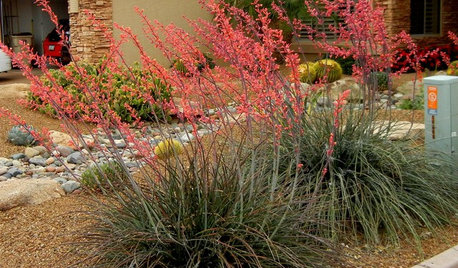
GARDENING FOR BUTTERFLIESGreat Design Plant: Red Yucca Spikes Dry Spots With Color
Neither heat nor cold nor lack of water fazes this flowering succulent, which adds spiky texture to Southwestern landscapes
Full Story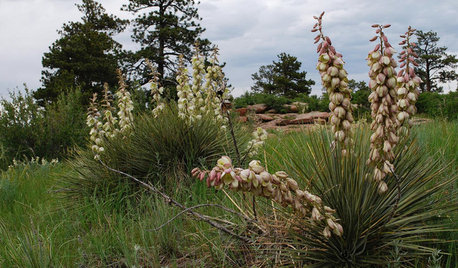
GARDENING GUIDESGreat Design Plant: Yucca Glauca
Soapweed yucca's pale green leaves brighten the winter garden and add sculptural interest year-round
Full Story
GARDENING GUIDESGreat Outdoor Living Ideas From the 2015 Chelsea Flower Show
The London garden exhibition has winning design concepts to borrow for your own backyard spaces
Full Story
CONTAINER GARDENS7 Deer-Resistant Flowers for Your Summer Containers
Grow these as protection for edibles or just for their colorful beauty — deer might not like them, but everyone else will
Full Story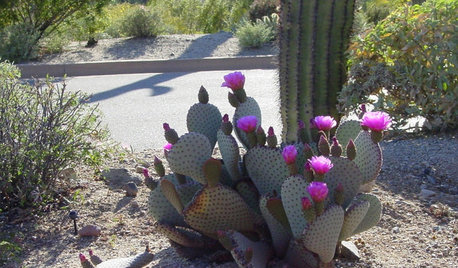
GARDENING GUIDES8 Cactuses Bring Spring Flowers to Dry Gardens
These prickly desert plants transform in spring with the arrival of their colorful blossoms
Full Story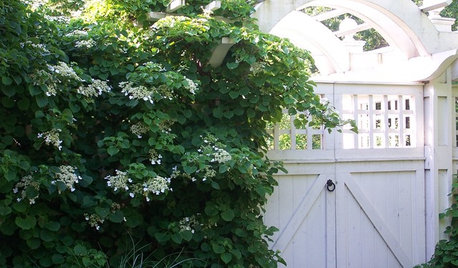
FALL GARDENING6 Deer-Resistant Flowering Vines to Plant This Fall
Have a major deer problem? Here are some of the only vines that have a chance of not being eaten
Full Story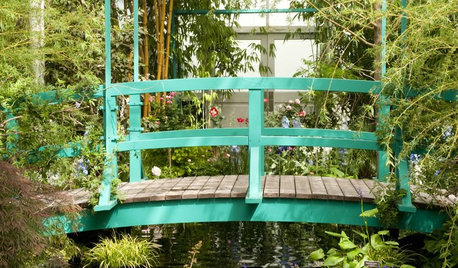
FLOWERSLessons from Monet's Garden
See how to bring the impressionist painter's vision to life in your own landscape with these flower choices and garden design ideas
Full Story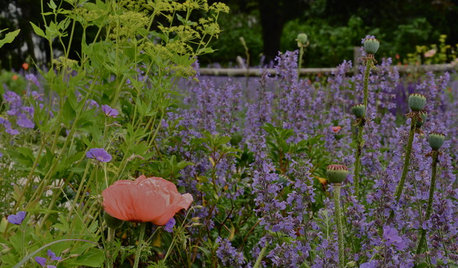
GARDENING GUIDESGreat Design Plant: Walker's Low Catmint
Prolific purple blooms, fragrant leaves, and cold-hardiness makes this a go-to plant for almost any garden
Full Story
GARDENING GUIDESHouzz Call: What’s Your Favorite Backyard Beauty?
The simple, honest daisy is this writer’s go-to garden flower. We want to hear which plant, flowering or otherwise, gives you special joy
Full Story
BEFORE AND AFTERSSee 6 Yards Transformed by Losing Their Lawns
Wondering whether a turf lawn is the best use of your outdoor space? These homeowners did, and they found creative alternatives
Full StorySponsored
More Discussions










rhizophora